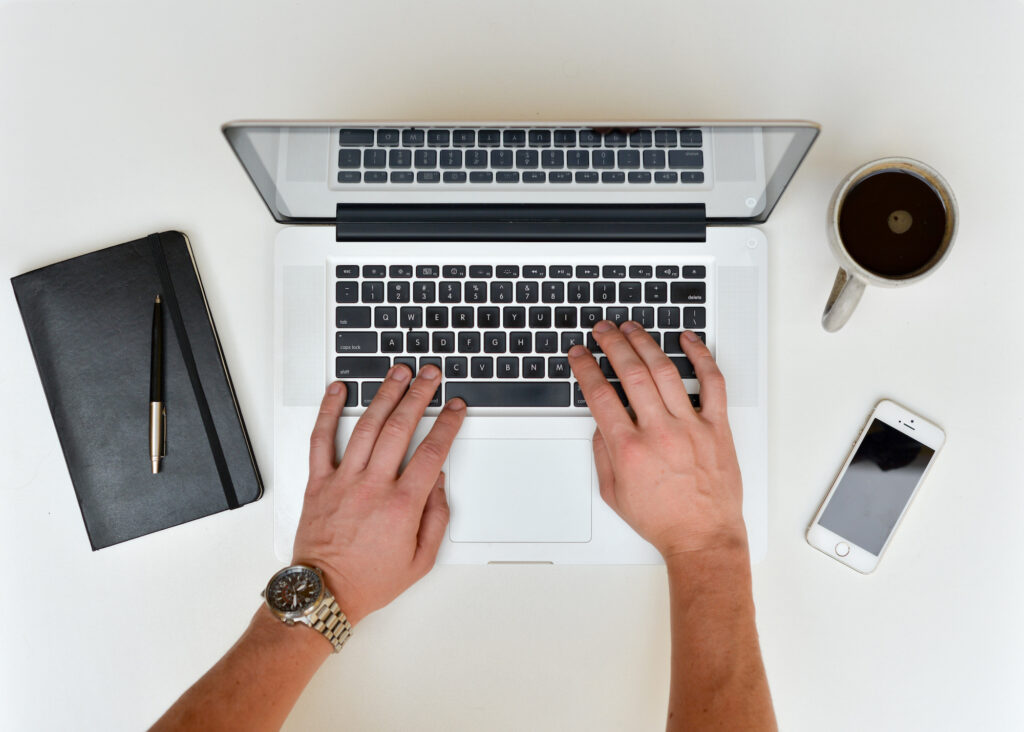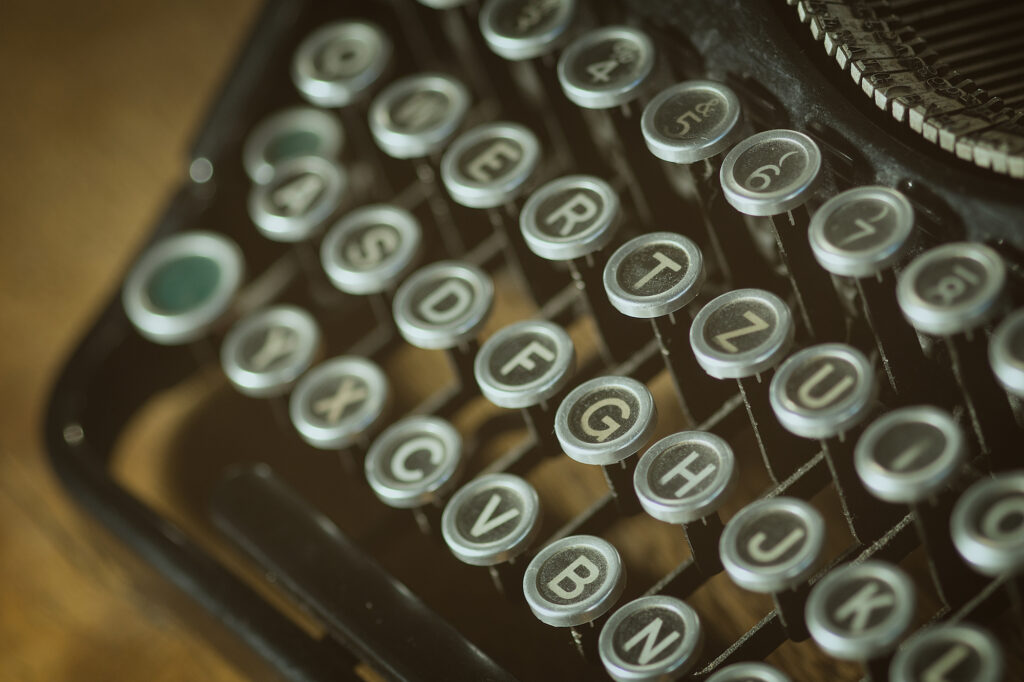Reading time: 4 min
We send emails for just about anything nowadays, from the most pressing to the most futile message: we fix appointments, send quotes to customers, resolve complaints, organize events or invite a colleague for a coffee…
I am a keen supporter of advanced communication tools – I have a degree in computer science – but what I find inappropriate is the superficial and casual way we use them, without considering if we have selected the most effective technology for the goal we have set ourselves.
– – –
By hiding behind our screens and using the handy and fast expedient of e-mails, we run the risk of serious misunderstandings that could be avoided by simply picking up the phone.
– – –
My mailbox (and undoubtedly yours too) is besieged daily by dozens of messages and most of these confirm the philosopher Popper’s thesis that ‘nothing is easier than difficult writing’! I often feel that my incoming emails were written by people who forgot that another person had to read and understand them. That is why I want to provide you with some tools, mainly dictated by common sense, to write e-mails effectively and use them to their full potential.

The recipient
Let’s start from the ‘TO’ box where we specify the primary recipient. Here you should address the person who is required to act directly on the content of your message. Generally, this will be a single individual, but where there are two or more recipients the text should clearly indicate who you expect to respond in order to avoid generating misunderstandings of the sort ‘I thought you’d do it’. The Cc (Carbon copy) option should only be used to add people who need to be informed. Do not abuse this function to avoid your own responsibility by hiding behind the easy excuse of ‘But I told him/her!’ Additionally, more than actually requiring confirmation, many people use the ‘read receipt’ function to cover their backs. It is often more effective to explicitly request an answer.
Subject
– – –
The first thing that the recipient will see is the subject and based on this they will decide if and when to read the message.
– – –
It should, therefore, be short and sweet (maximum 6/8 words) and anticipate the content in a precise, clear and concise manner. Remember that the ‘subject’ field also serves to correctly archive the correspondence. Punctuation and the use of capital letters or boldface serve to simulate rhythm, volume and tone of the message. Bear in mind that caps are difficult to read if used extensively and that netiquette dictates that ALL CAPS is the equivalent of yelling at someone.

Photo by Pexel
Content
Let’s now turn our attention to the content. Just as we greet people when entering the office and say goodbye as we leave, so all your emails should start with a greeting, ‘Hi Anna’, ‘Good Morning Mr. Smith’ as suitable to the formality of your relationship, and end politely ‘best, thanks, see you soon, kind regards’ and so on.
– – –
Emails do not comply with the rules of the old ‘business letter’ so avoid using pompous forms such as ‘I am hereby writing to you to…’.
– – –
Respect basic grammar rules and aim for plain English! Avoid using jargon, lingo or cryptic acronyms (e.g. IMO – in my opinion). You must be sure that all content will be correctly understood by your interlocutor. The two keywords for writing any mail are brevity and clarity. But how do you combine the two? Firstly, by organizing the mail in 3 paragraphs:
- Introduction – let’s get straight to the point by introducing the subject of the email, reporting any numbers and specific data (codes, dates, places, …). For example, ‘I am writing to you regarding order N° 123 of 2/12/2017;
- Body – clearly develop the theme by specifying why you are writing and why you are addressing the person specified; indicate why they will be interested or how they are involved. For instance, ‘I request that you complete and return the attached documents to enable us to process your order within the agreed time frame’;
- Conclusions – clearly specify what actions must be taken, replacing the obsolete and inefficient ‘I look forward to hearing from you’ with a specific request, for example ‘I await confirmation by e-mail or further instructions’.
After closing the mail, remember to sign the message and insert your business card in the format used by your company. The recipient must be able to contact you easily and immediately thanks to the information you provide. Resist the temptation to mark all your emails as urgent by adding the symbol or writing ‘urgent’ in the subject line. By allocating the correct priority to your messages, you will appear more credible.
– – –
Adapt the teachings of the designer Coco Chanel and re-read your mail before sending it, maybe saving it as a draft and returning to it later if you might wish to remove something.
– – –

Photo by Pexel
I have my own personal rule: if it takes too much effort to state my message clearly then I know it is better to pick up the phone and use the email later to confirm the agreement!
| partem claram semper aspice |
The photos used - where not owned by the editorial team or our guests - are purchased on Adobe Stock and IStockPhoto or downloaded from platforms such as UnSplash or Pexels.
Did you like this post and want to learn more about the topics?
Passodue research on issues related to sales, marketing, ethics and the centrality of human beings within the market logic, officially started in 2012. The results derived from our work are described in the publications and in the books you can find in this section.





Great post! Very helpful and informative, thanks!